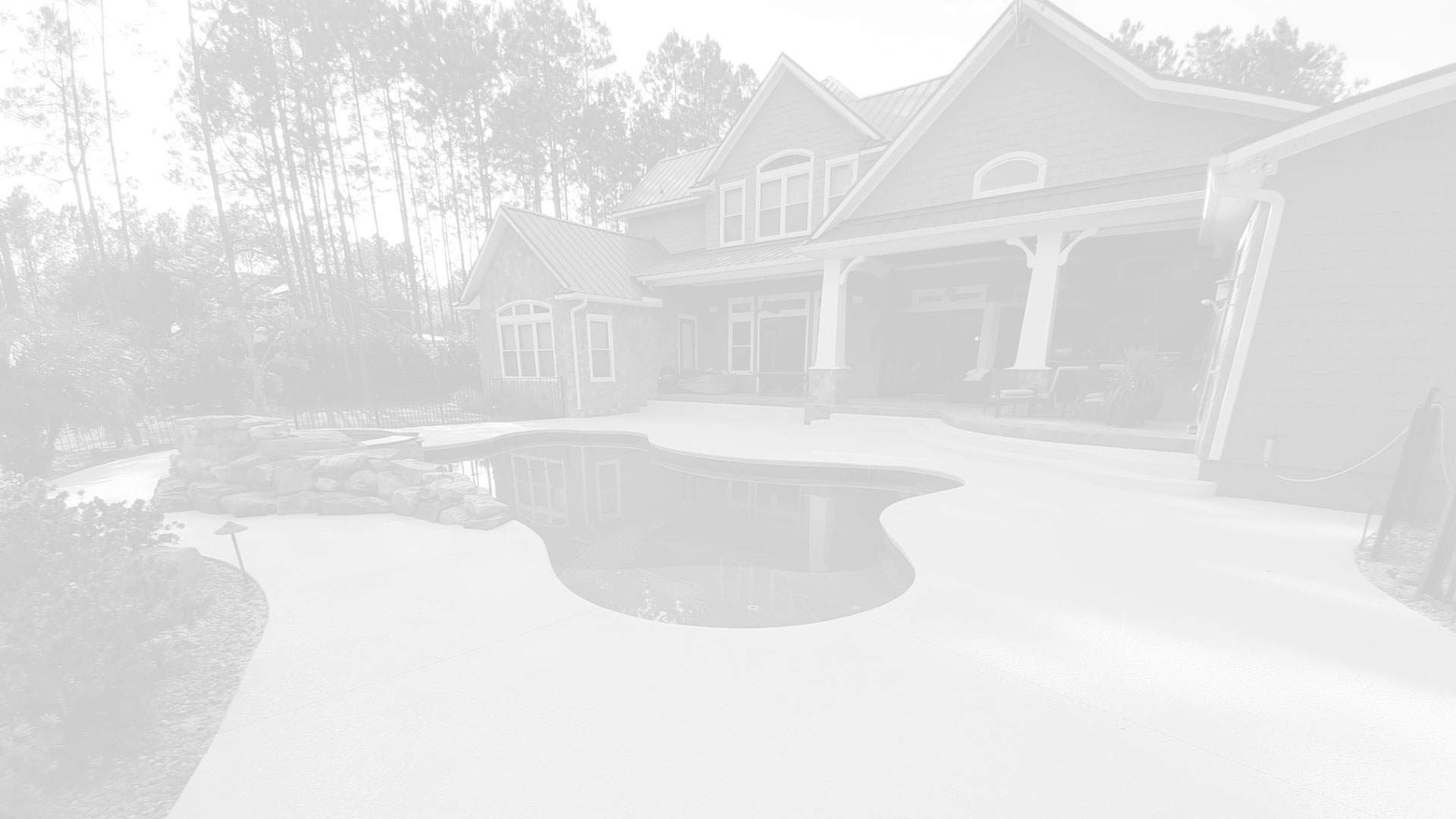Why Property Managers Should Have Cracks and Trip Hazards Repaired

Cracks and trip hazards in concrete surfaces are common issues that property managers often encounter. Whether it's in commercial buildings, residential complexes, or other managed properties, it is crucial for property managers to prioritize the repair of concrete cracks. In this article, we will explore the importance of concrete crack and trip hazard repair from the perspective of property managers and discuss the benefits of addressing cracks and trip hazards promptly. We will also introduce the grinding down method as an effective repair technique.
What causes concrete Cracks and Trip Hazards?
Concrete cracks and trip hazards can occur due to various factors. Understanding the causes can help property managers prevent and address these issues effectively. Some common causes of concrete cracks include natural settling of the ground, temperature fluctuations, excessive load-bearing, or improper concrete installation. Trip hazards, on the other hand, can result from uneven surfaces due to settling, deteriorating concrete, or poorly maintained walkways. By being aware of these causes, property managers can take proactive measures to minimize the risk of cracks and trip hazards, ensuring the safety and satisfaction of their tenants and visitors.
Importance of Concrete Crack and trip hazard Repair for Property Managers
Safety and Liability Concerns
One of the primary reasons property managers should have cracks and trip hazards repaired is to ensure the safety of tenants, employees, and visitors. Cracked concrete can create tripping hazards, leading to injuries and potential liability issues. By promptly utilizing a concrete repair service, property managers demonstrate their commitment to maintaining a safe environment and reducing the risk of accidents.
Preserving Property Value and Aesthetics
Maintaining the aesthetic appeal of managed properties is essential for attracting and retaining tenants. Cracked concrete surfaces and trip hazards can significantly diminish the overall appearance and curb appeal of a property. By repairing cracks, property managers enhance the visual appeal, making the property more attractive to potential tenants or buyers. Preserving property value is crucial for long-term success and financial returns.
Preventing Further Damage and Costly Repairs
Ignoring concrete cracks can lead to more extensive damage over time. Cracks can expand, compromising the structural integrity of buildings and infrastructure. By addressing cracks early on, property managers can prevent the need for costly repairs or even full-scale replacements in the future. Proactive crack repair helps avoid escalated damages and minimizes expenses.
Professional Concrete Crack and trip hazard Repair Methods
To effectively repair concrete cracks and or trip hazards, it is essential to employ professional methods that ensure durability and longevity. The process typically begins with a thorough inspection and evaluation of the cracks/trip hazards to determine their severity and underlying causes. Based on the assessment, suitable repair techniques can be applied. Common methods include crack filling and sealing, concrete resurfacing, concrete patching and grinding.
Crack filling and sealing involve injecting specialized materials into the cracks to prevent further expansion and water infiltration. This method helps restore the integrity of the concrete and provides a smooth surface. Concrete resurfacing, on the other hand, involves applying a thin layer of fresh concrete over the existing surface, effectively covering the cracks and giving the area a renewed appearance. Patching is utilized for more extensive damage, where sections of the concrete are replaced entirely.
In addition to traditional repair techniques like crack filling and sealing, property managers can also consider the grinding down method for more severe cracks and trip hazards. Grinding down involves using specialized equipment to smooth out and level the concrete surface, effectively eliminating the trip Hazard (can eventually return). This method provides a durable and aesthetically pleasing result, making it an attractive option for property managers looking to restore the appearance of their concrete surfaces.
Engaging Professional Concrete Contractors
To ensure effective and long-lasting concrete crack and trip hazard repairs, property managers should engage professional concrete contractors. These experts have the knowledge, skills, and experience to assess the severity of cracks/trip hazards and determine the most appropriate repair methods.
Regular Maintenance and Inspections
Preventive maintenance is crucial for identifying and addressing concrete cracks promptly. Property managers should implement a regular inspection schedule to identify any emerging or worsening cracks and trip hazards. By conducting routine maintenance and addressing cracks and trip hazards as soon as they are detected, property managers can prevent further damage and maintain the safety and integrity of the property.
Educating Residents and Guests
Creating awareness among residents and guests about the importance of concrete crack and trip hazard repair is essential. Providing information about the potential risks associated with untreated cracks or trip hazards and the benefits of prompt repairs can encourage cooperation and support. This can be done through newsletters, signage, or informational sessions. By educating the community, everyone becomes more conscious of the need to report any cracks/trip hazards and the importance of maintaining a safe and well-maintained environment.
Conclusion
As property managers, it is essential to prioritize the repair of concrete cracks and trip hazards within managed properties. By addressing cracks and trip hazards promptly, property managers ensure the safety of tenants, preserve property value and aesthetics, prevent further damage, and avoid costly repairs. Engaging professional concrete contractors and considering innovative repair techniques such as grinding down can deliver durable and visually appealing results. Regular maintenance and inspections play a vital role in identifying cracks and trip hazards early on and mitigating potential risks. By proactively addressing concrete cracks and trip hazards, property managers demonstrate their commitment to providing safe and well-maintained properties for tenants and visitors.
